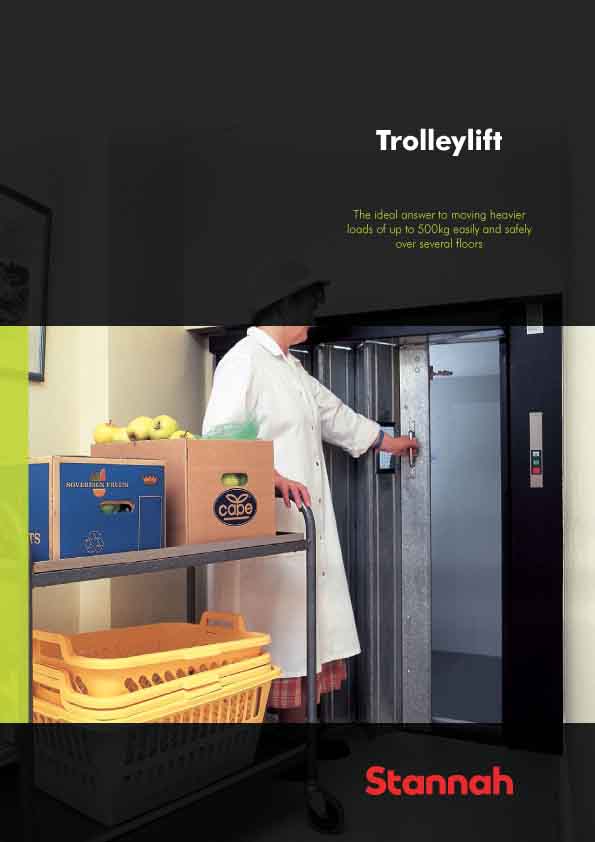
Following a successful 2014, many utilities companies will be looking to move projects and frameworks forward into construction this year.
But with a general election on the horizon, how much government construction work will be fast tracked and how much is likely to be put on the back burner?
In his Autumn Budget statement at the end of last year, Chancellor George Osborne promised significant investment into our roads. Pot holes are a perennial issue and a large amount of money has been ring fenced within local authorities and county councils to tackle them, with assurances of funding for future major road schemes within England.
"Big giveaways are not expected as public borrowing falls, so investment in road projects and flooding remains a priority," said Caroline Lockyer, Glenigan civil engineering expert.
"The government’s National Infrastructure Plan, launched in December last year, sets out a six-year flood defence programme covering 1,400 projects aimed at providing better protection for 300,000 homes. The Treasury said the £2.3 billion of capital investment would help prevent more than £30 billion economic damage, with the Environment Agency claiming it can be 10% more productive with the money provided. Overall, the next six years in England will see the biggest ever investment in managing flood risk.
"But this raises the inevitable question; will the level of spending still be enough? According to the Environment Agency’s long-term investment scenarios (LTIS) report on flood and coastal erosion risk management, funding would need to increase by £20 million plus inflation each year for the next 25 years to keep pace with the combined effects of asset deterioration and climate change.
"New measures to tackle climate change are set to have an impact on businesses going forward with the launch of the Energy Savings Opportunity Scheme (ESOS), the government’s response to the European Union’s Energy Efficiency Directive. ESOS is a mandatory energy assessment and energy saving identification scheme for large businesses and is one of the mechanisms for achieving the EU’s target of a 20% reduction in energy use across the territory by 2020. The deadline for the first compliance period is 5 December 2015, by which time qualifying businesses will have to achieve compliance with the regulations and notify the Environment Agency.
"However some areas of the UK are already making significant progress in lowering carbon emissions. Scotland is on track to achieve a 42% reduction in greenhouse gases by 2020, with a package of measures covering energy efficiency, district heating and cycling infrastructure. The country is also ideally placed to host a greater number of offshore and onshore wind farm projects.
"In England, wind farms continue to be a contentious issue, with projects such as the one at Navitus Bay, just west of the Isle of Wight (Glenigan Project ID: 10027617), facing significant opposition despite having the potential to power 700,000 homes in the area.
"Elsewhere in the alternative energy sector, Glenigan has discovered that smaller private energy companies have looked at their biomass portfolios and under Electricity Market Reforms, have now abandoned their proposals. This part of the industry was primarily led by ROC (Renewable Obligation Certificates) and smaller scale generation projects were mainly supported through the FIT (Feed In Tariff scheme). Since August 2013, this has changed and projects are accredited on their carbon and `green’ levels determining much more the long term validity of projects.
"The long-awaited Hinkley Point C nuclear development (Glenigan Project ID: 01611123) is still moving forward, with excavation work getting underway at beginning of this month, although news that Austria is set to mount a fresh legal challenge over controversial EU subsidies has cast further doubt over the future of project.
"Despite being less than a month into the new year, the major political parties have already spring boarded into the national and local news with their manifestos. The upcoming general election will thrust politicians and their promises even further into the spotlight. It is now up to the construction industry to hold the next government to account and ensure it drives strong growth into the coming Parliamentary session."




















